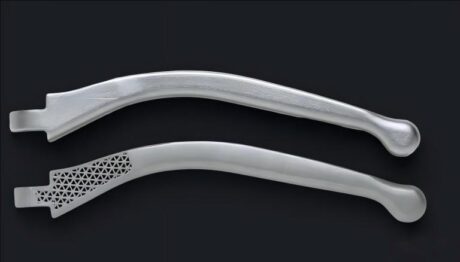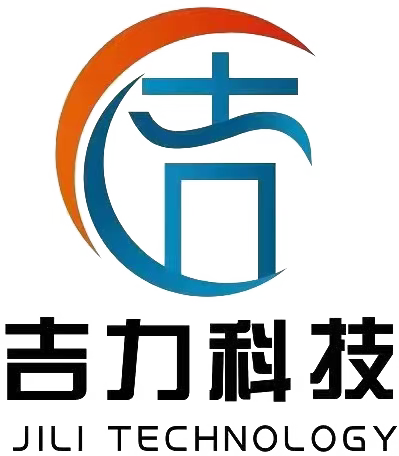Project Case of 3D-Printed Custom Orthopedic Implants
I. Project Background
A top-tier tertiary hospital’s orthopedic department received a patient who suffered a comminuted fracture of the distal femur with bone defect due to a severe traffic accident. Traditional standardized orthopedic implants were difficult to precisely match the patient’s special bone morphology. Forcibly using them might lead to poor fit between the implant and the patient’s bone, affecting bone healing and the recovery of the patient’s postoperative motor function, and even causing complications such as infection and implant loosening. To provide more precise treatment for the patient, the hospital cooperated with Dongguan Jili Technology to customize the production of femoral implants using 3D printing technology.
II. Processing Difficulties
- High Difficulty in Morphological Matching: The morphology of the distal femur of the patient was extremely irregular due to fracture and bone defect. The implant was required to precisely fit the complex curved surface of the remaining bone. Standardized implants manufactured by traditional molds could not meet this personalized morphological requirement.
- High Requirements for Material Properties: The implant needed to have good biocompatibility, as well as sufficient strength and toughness to withstand the mechanical load during human activities. Traditional manufacturing processes had deficiencies in ensuring the uniformity of material properties and the integrated forming of complex structures.
- Difficulty in Processing Complex Structures: The implant was designed with special hollow porous structures (such as the honeycomb-shaped hollow part of the implant in the lower part of the photo), which were used to promote the ingrowth of bone cells and realize the fusion of the implant with the patient’s own bone. Such complex porous structures were difficult to manufacture precisely by traditional processing techniques.
III. Solutions from Jili Technology
- Precise Data Acquisition and Modeling: First, a high-precision CT scanner was used to conduct a comprehensive scan of the patient’s femoral region to obtain three-dimensional data of the bone. Then, these data were imported into professional 3D modeling software, and engineers designed a customized femoral implant model that perfectly fit according to the actual morphology of the patient’s bone. The model included special hollow porous structures conducive to bone fusion.
- Selection of Materials and Printing Processes: Medical titanium alloy was selected as the printing material, which had good biocompatibility and mechanical properties. The selective laser melting (SLM) 3D printing technology was adopted to precisely build the designed implant model by melting titanium alloy powder layer by layer with laser, which could realize the integrated forming of complex porous structures.
- Quality Control and Post-Processing: During the printing process, printing parameters such as laser power, scanning speed, and powder layer thickness were monitored in real time to ensure printing quality. After printing, heat treatment, surface polishing and other post-processing procedures were carried out on the implant to further optimize its mechanical properties and surface biocompatibility.
IV. Project Achievements
The customized femoral implant manufactured by 3D printing technology (such as the implant in the lower part of the photo) achieved precise matching with the morphology of the patient’s distal femur. During the operation, the doctor successfully implanted the implant into the patient’s body. Because the implant had a very high fit with the bone, it provided a stable supporting environment for bone healing. Postoperative follow-up showed that the bone healing speed of the patient was significantly faster than that of similar cases using traditional standardized implants, and the bone fusion around the implant was good. The patient gradually recovered normal walking and motor functions, and the operation achieved very successful results, fully demonstrating the advantages of 3D printing technology in the manufacturing of personalized orthopedic implants.

